1/2 Reichstaler 1621,
under Wilhelm V of Hesse-Kassel as administrator.
Condition: ef+
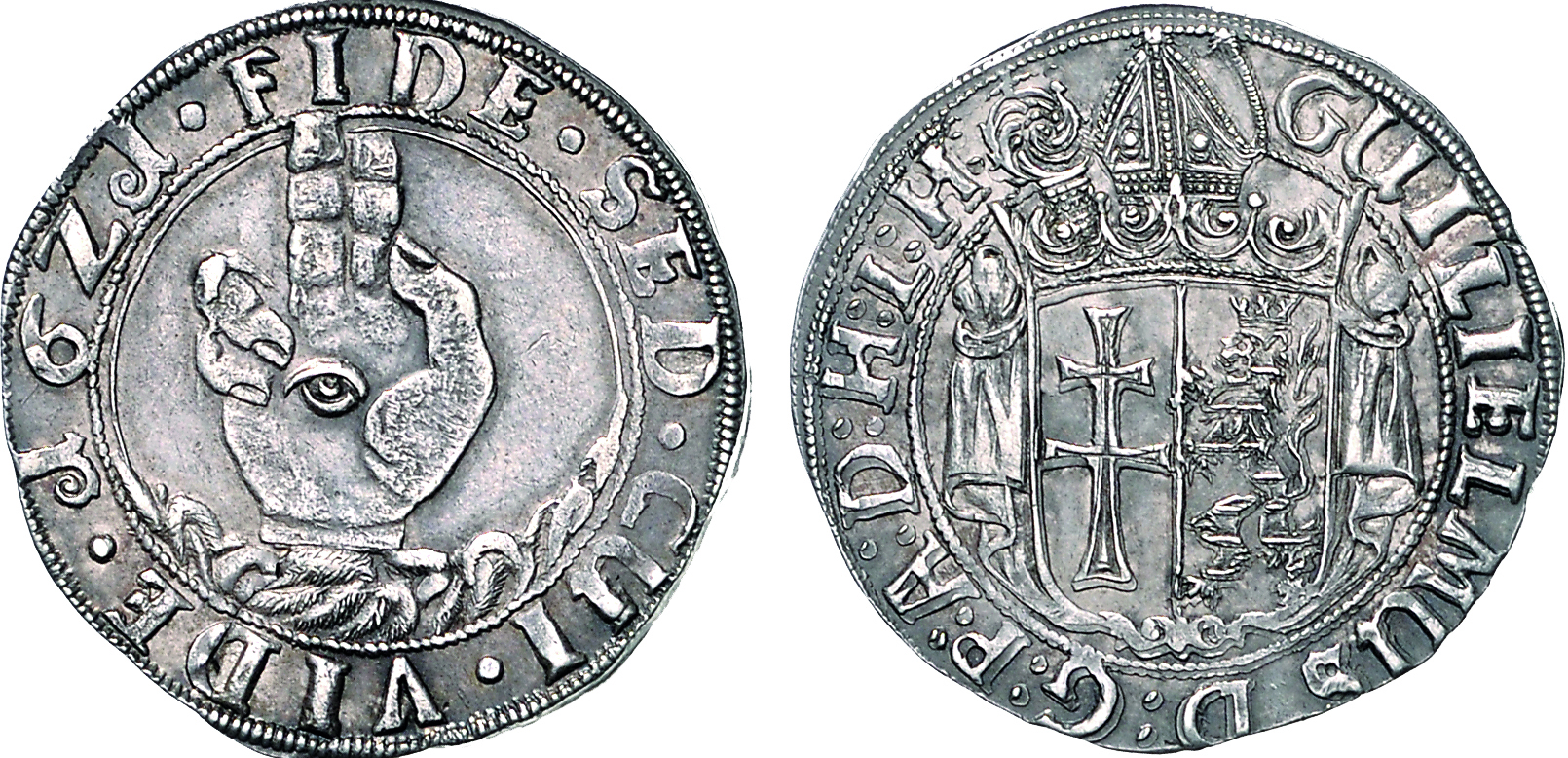

city of Besançon,
3 Pistols 1666 with title Charles V.
Condition: CH UNC
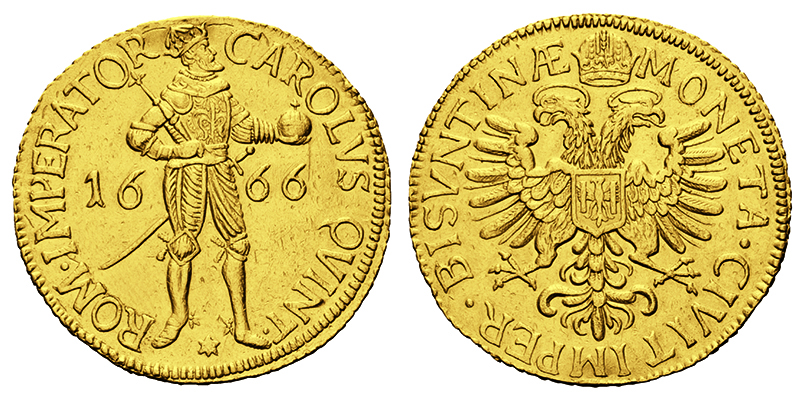
Bavaria, Chaise d'or (imperial shield)
1328-1347 under Emperor Louis IV.
Condition: ef

Reichstaler 1654-1668
under Count Guidobald von Thun.
Condition: vf-ef
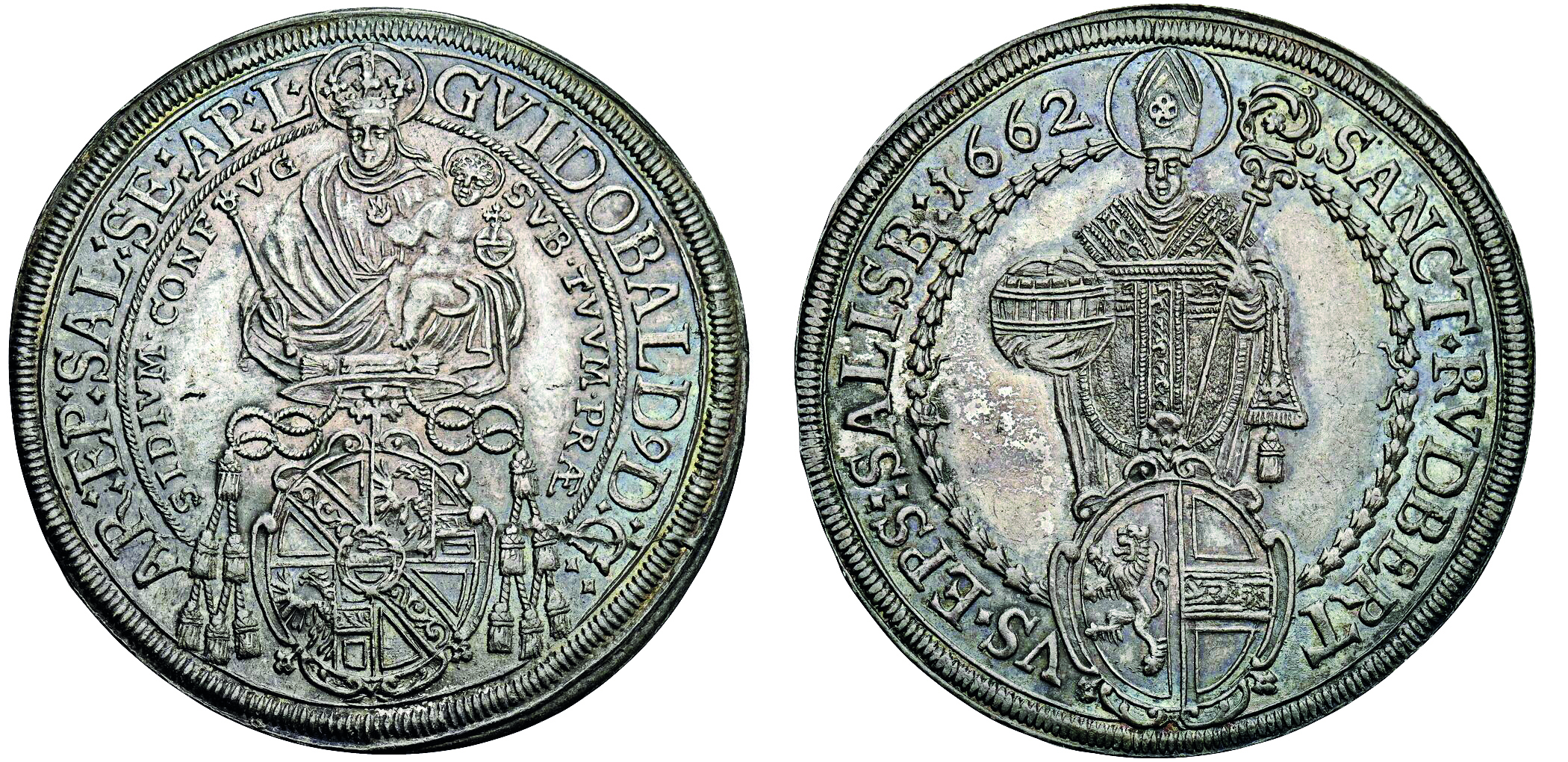
Solidus (491-518)
under Anastasius the righteous.
Condition: vf-ef

Archive: People and Markets
Vatican Plans a Comeback: New Online Shop Launches in July
This move has nothing to do with the inauguration of Pope Leo XIV but has been in preparation for months: Starting in July 2025, the Vatican will resume sales of its philatelic and numismatic products.
Heritage Auctions Opens German Office in Munich
Germany has a vibrant collector community. The US auction giant Heritage Auctions has also recognized this. It has opened a new office in Munich to offer German clients personalized support and access to a global audience for their collections.
Archive: Coins, Medals and more
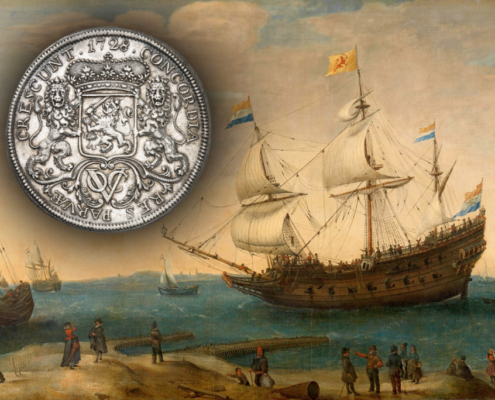
VOC: The Other Side of the Dutch Golden Age
VOC coins tell the story of the Netherlands’ colonial past. The States General granted the VOC all the rights of an independent state: it could declare war, make treaties and issue its own currency. Join us on a trip to Indonesia, the place where the spices grew that financed the Dutch Golden Age.

State-of-the-Art Minting Technology
Colours, special shapes, inlays, micro inscriptions, latent images and holograms – many technologies are used on commemorative coins today. In this article, we give you a little overview of the different technologies that are currently applied in the coin producing industry.







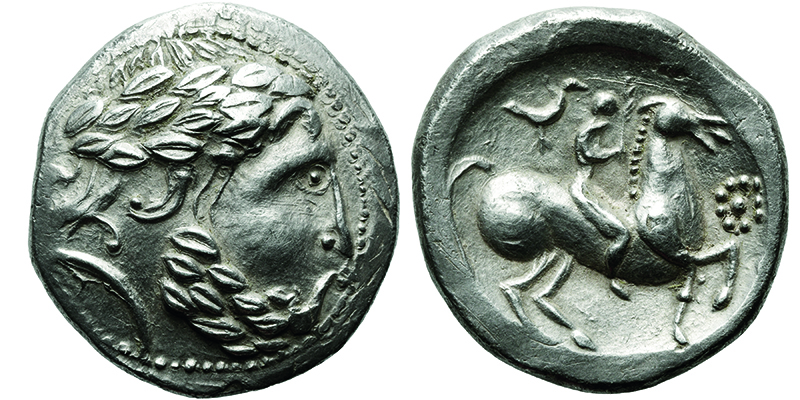

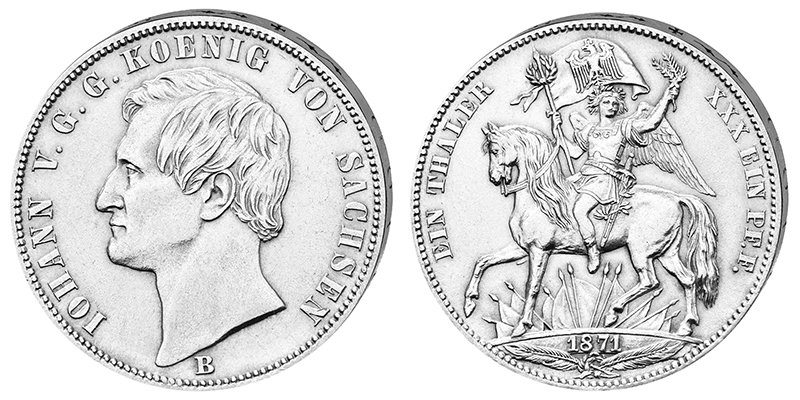
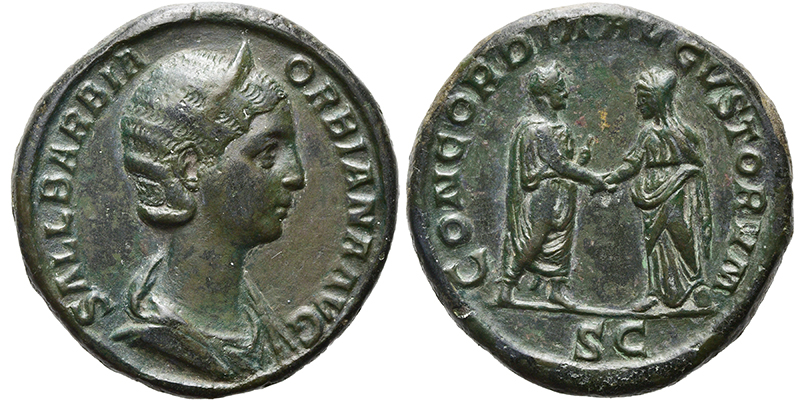




The Black Lizard from Brusnik Island in Ultra-High Relief
Croatia is home to a lizard species that would have impressed even Darvin himself: the autochthonous black lizard, found only on the island of Brusnik. On 14 March 2024, Croatia issued three collector coins in its honour. Now the fourth, a two-ounce silver version in ultra-high relief, has been released.
How the Romans Made Counterfeits
Counterfeits have been around in ancient Roman times, too – usually, they were cast from a copper-tin alloy. Researchers at the University of Tübingen examined the counterfeiting process and reconstructed it experimentally. A video documents their experiment.